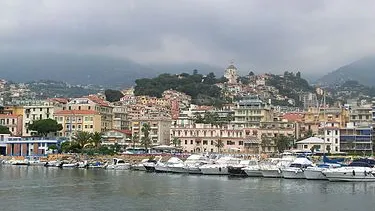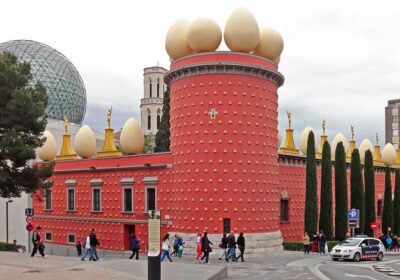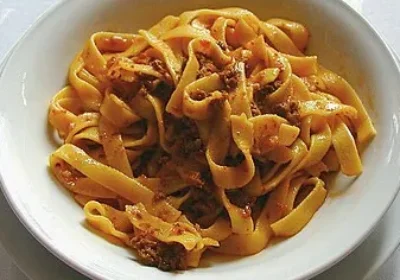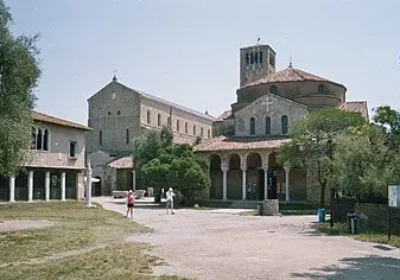San Remo is the chicest resort on the west coast of Liguria, with palm trees and numerous boutiques, ornate parks and gardens with tropical vegetation, a luxurious casino, and a fun and festive atmosphere. But at the same time it is still a full-fledged city with car noise and other “charms” of city life. Nestled on the “Floral Riviera” (named so because of the developed floriculture industry here), San Remo, not thinking long enough, also began to be called the “City of Flowers”. Fragrant greenhouses surround it from all sides, spreading the amazing scent of carnations, roses, buttercups and other flowers throughout Europe and beyond.
The heyday of the resort came in the 19th century, when San Remo was filled with the upper classes from Europe, and especially from Russia. Maria Feodorovna (mother of the last emperor, Nicholas II) once amassed a decent collection of admirers here. His wife, Empress Alexandra Feodorovna, also liked to holiday in Sanremo. A reminder of these glorious days for the Russian aristocracy is a wonderful Orthodox church with the familiar and favourite for us, inhabitants of cold Russia, onion domes.
The Cathedral of Christ the Saviour, or simply the Russian Church, is a true jewel of the city, built according to the plans of architect A. V. Shchusev (who later designed the Lenin Mausoleum in Moscow) and under the direction of architect Pietro Agosti in 1913 in the style of Moscow churches of the 17th century. The church is decorated with stone carvings and tiles, next to it there is a bell tower with a hipped roof. Inside is an exhibition of Russian Orthodox icons.
Near the church is the famous San Remo casino building, built in 1905, where entire fortunes are still blown. Villa Alfred Nobel, where the Swedish experimental chemist and businessman lived the last year of his life.
The ancient heart of San Remo is La Pigna, a block of streets north of Corso Matteotti, the resort’s main artery. Villa Hanbury is notable for its botanical garden. Located on the outskirts of San Remo, it delights visitors with more than 5,800 species of tropical plants.
San Siro Cathedral – It was built in the 12th century in a stark Gothic style on the site of an older church. From those times, the church still has a bas-relief with a lamb on the portal on the left. In addition to the ancient interiors, frescoes and stained glass windows, the Cathedral of San Siro in San Remo is also home to a local relic – the miraculous black crucifix. According to legend, it saved the city from Saracen invasion in the 16th century and has been honoured in Sanremo’s main church ever since.
The Church of Santa Madonna della Costa – The church on this site dates back many centuries, but the current building dates from 1630. The dome was erected between 1770 and 1775.
The main hall of the Ariston Theatre, where the annual Italian Song Festival is held.

















